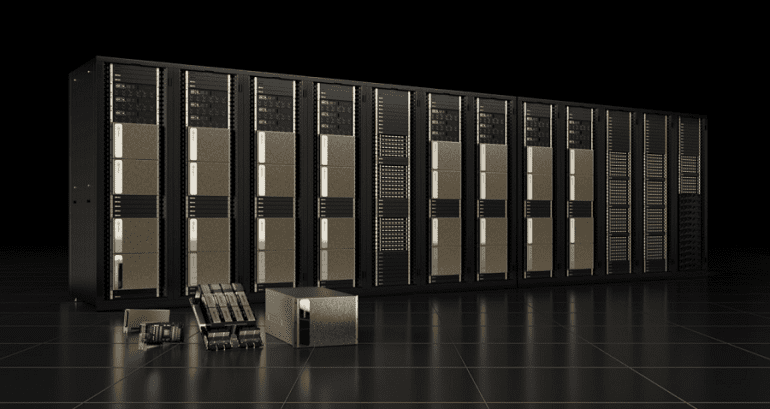- Elon Musk’s xAI launches Colossus, an AI training system with 100,000 Nvidia H100 GPUs.
- xAI raised $6 billion, valuing the startup at $24 billion, to support AI research and Grok language models.
- Colossus is claimed to be the world’s most powerful AI system, surpassing the Aurora supercomputer.
- Plans are in place to double the system to 200,000 GPUs, including Nvidia’s latest H200 chips.
- The H200 offers faster data transfers and larger memory capacity, improving AI model efficiency.
- xAI aims to release a successor to its current Grok-2 language model by the end of the year.
- Some of the GPUs used in Colossus were initially earmarked for Tesla, signaling Musk’s strategic allocation of resources.
Main AI News:
Elon Musk’s xAI Corporation has successfully launched its AI training system, Colossus, featuring 100,000 graphics cards. Musk announced in a post on X that the system had become operational over the weekend. xAI, which Musk founded last year to compete with OpenAI, focuses on developing advanced language models under the Grok brand. Earlier this year, the startup secured $6 billion in funding, bringing its valuation to $24 billion to further its AI research.
In his announcement, Musk described Colossus as the “most powerful AI training system in the world,” suggesting it has surpassed the U.S. Energy Department’s Aurora supercomputer, currently ranked as the fastest AI system. Aurora reached a peak performance of 10.6 exaflops in a May test, with 87% of its hardware activated.
The Colossus system is powered by Nvidia’s H100 GPUs, which debuted in 2022 and are still the chipmaker’s top-performing AI processors. These chips can process language models up to 30 times faster than Nvidia’s previous generation. A key element of the H100’s performance is its Transformer Engine module, a specialized set of circuits optimized for AI models using the Transformer architecture, which powers leading systems like GPT-4 and Meta’s Llama 3.1.
Musk also shared that xAI plans to double Colossus’ capacity to 200,000 GPUs in the coming months. The upgrade will include 50,000 of Nvidia’s latest H200 chips, which deliver significantly improved performance over the H100. The H200 features two major architectural enhancements: it uses HBM3e memory for faster data transfers and nearly doubles the onboard memory to 141 gigabytes, enabling it to handle larger AI models more efficiently.
xAI’s current flagship language model, Grok-2, was trained using 15,000 GPUs. With Colossus’ 100,000 GPUs, the company could potentially develop much more advanced models, and they aim to release a new version of Grok-2 by the end of this year.
Interestingly, some of the GPUs used in Colossus may have originally been intended for Tesla. According to reports from January, Musk asked Nvidia to redirect 12,000 H100 chips, valued at over $500 million, from Tesla to xAI. Musk also estimated that Tesla’s total spend on Nvidia hardware could reach between $3 billion and $4 billion by the end of the year.
Conclusion:
The unveiling of Colossus positions xAI as a formidable player in the AI landscape, with a system poised to outclass existing AI supercomputers. This move demonstrates Musk’s ambition to dominate the AI market and disrupt existing players like OpenAI. xAI is prepared to advance AI research and large language models by rapidly scaling its infrastructure and deploying next-gen Nvidia chips. It could increase competition for hardware resources, drive demand for high-performance chips, and intensify the race for AI supremacy in autonomous driving, cloud computing, and enterprise AI solutions. The market should brace for a potential reshaping, with xAI’s developments signaling broader implications for AI scalability and performance capabilities.

